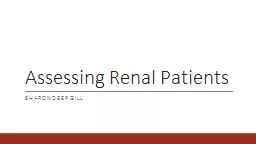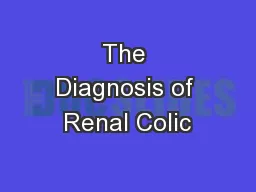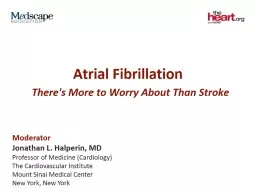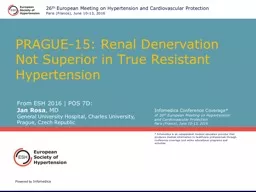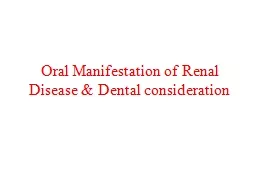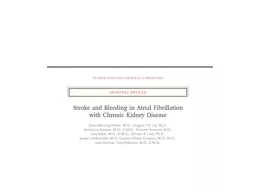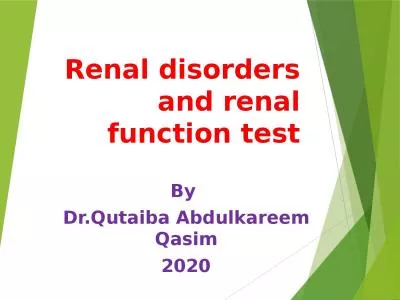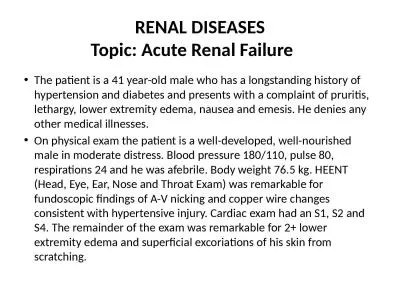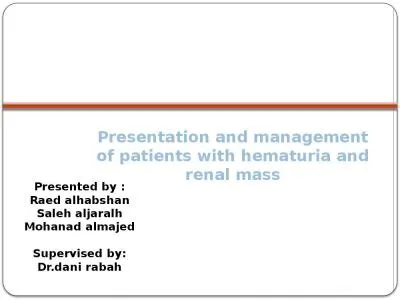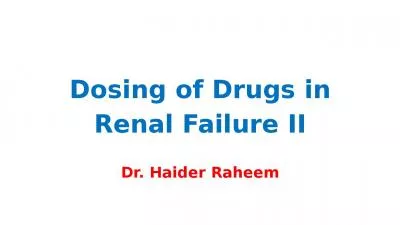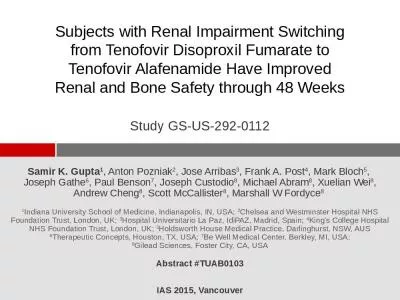PPT-Assessing Renal Patients
Author : phoebe-click | Published Date : 2017-01-17
Sharondeep Gill Overview Chronic Kidney Disease History Examination Fistula Cases Clinical Topics Summary CKD CKD GFR lt60 for gt3 months Renal failure GFRlt15 or
Presentation Embed Code
Download Presentation
Download Presentation The PPT/PDF document "Assessing Renal Patients" is the property of its rightful owner. Permission is granted to download and print the materials on this website for personal, non-commercial use only, and to display it on your personal computer provided you do not modify the materials and that you retain all copyright notices contained in the materials. By downloading content from our website, you accept the terms of this agreement.
Assessing Renal Patients: Transcript
Download Rules Of Document
"Assessing Renal Patients"The content belongs to its owner. You may download and print it for personal use, without modification, and keep all copyright notices. By downloading, you agree to these terms.
Related Documents

